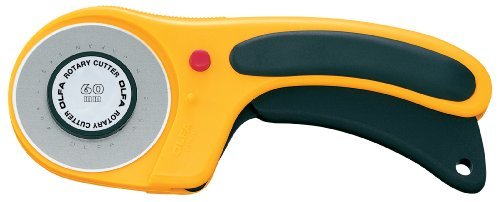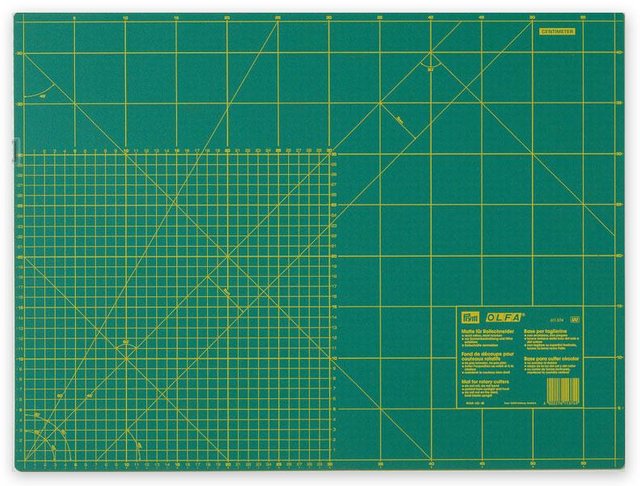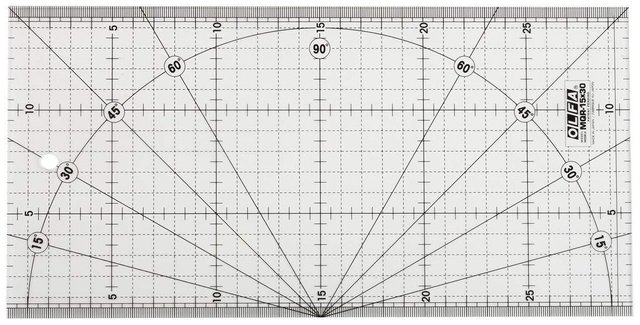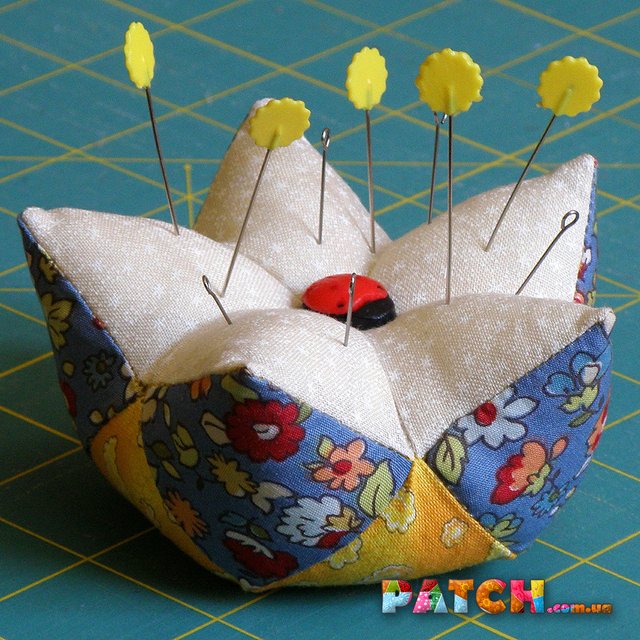Hi everyone!
This article is written for those who are interested in patchwork and want to
learn this kind of craft. We will dig a little into the history of patchwork and tell
you what are the main patchwork techniques. We will share our experience of
how to start sewing in this style and what tools you will need to do this.
So, here it is a short digression into the history of patchwork. The art of
patchwork originated in Asia hundreds of years ago. There are samples of
thousand-year- old blankets made from colored pieces of gazelle leather in
museums of the Middle East. Colorful appliques decorated the clothes of
Byzantine nobles, medieval Japanese fashionable women and even prayer rugs
of Buddhist monks. The ancient art of patchwork was revived in Europe and
America in the 70s of the 20th century. However, nowhere did this kind of
needlework develop so rapidly as in the US - the only country that during its
existence has adopted several waves of emigration from all over the world.
The rise of patchwork was caused by poverty - the lack of ready-made products,
such as cloaks for cattle riders. It was cheaper to repair an old blanket by sewing
a piece of cloth. As time passed, this type of sewing gained momentum and
turned into a whole direction, which has its own decorative bias. Each
needlewoman tried to create a product unlike the others, in its original sewing
style. However, there are certain rules, in other words ‘skeleton’, which the skill
of patchwork sewing is based on. Blocks received their names mostly from
religious texts (‘Solomon's Riddle’, ‘Jacob's Ladder’) or from a place that was
reminiscent of a technique or where it was invented (‘The Ohio Star’, ‘English
Park’, ‘Virginia's Whirlwind’ etc).
Where to start? In order to start sewing in the style of patchwork, it is not
necessary to have a huge amount of scraps of fabrics in your arsenal (although
this wouldn’t hurt). The most important thing is your great desire to create!
Nowadays there are specialized shops with special patchwork fabrics – compact
cotton which is hypoallergenic and does not fade for several years. You can
easily order such fabric through the Internet as well. And for training, any
medium-density cotton is suitable.
Well, we have already chosen the fabric. What comes next? If you want to sew
the simplest product in the style of patchwork, I recommend you to apply the
technique of sewing from squares. It does not require any special appliances,
but at the same time it allows you to create quite original and beautiful things.
To sew from squares you will need: a sewing machine, fabric, centimeter,
scissors, threads and iron. If you want to deepen your knowledge in the
patchwork technique and sew together a more complex block, you will need to
purchase several specialized tools:

Roller cutter. The cutter accelerates the process of patterning patchwork
elements: the sides are very smooth. Using a cutter, the fabric can be cut into
stripes, and stripes to squares, and squares to triangles. Roller cutters for
patchwork are of different size, those that are smaller - cut out roundings well. It
is best to buy a cutter with a replaceable blade with a diameter of 45 mm.

Сutting mat. An irreplaceable and durable tool, very resistant to cuts,
which allows you to cut a fabric folded in several layers. On these mats, besides
the standard centimeter line, there are various oblique guides - lines are at an
angle of 30º, 45º, 60º and 90º, and other useful tags. Cutting mats are of
different size; for sewing bedspreads, pillows and other things a medium size
18x12 inch mat will be suitable.

Ruler made out of thick transparent plastic. Using marks on the ruler,
measure the desired width and unfold the fabric on stripes lengthwise. On these
rulers, besides standard centimeter marking, there are angles of 15º, 30º, 45º,
60º and 90º, which are useful when cutting many products in patchwork. Rulers
for patchwork are of different size; medium-sized rulers of 15x30 cm are
suitable for medium products.

Pins. Millimeter accuracy is the main property of a good and qualitative
patchwork. Therefore, from the very beginning get used to the exact stitching of
separate elements and the whole product in general. Pins will make your work
easier. For sewing blocks it is recommended to use flat head pins, for stitches –
longer pins (they allow to capture several layers of fabric). In any case, pins
should be of high quality, not too thick and sharp enough.
Perhaps these are the main appliances that should be in your arsenal. It will not
be redundant to have a couple of small but useful accessories:
- an unstitcher - a useful tool which allows you to unstitch a seam quickly and
accurately; - a piece of chalk. You often need it for marking fabrics. Tailor's chalks of poor
quality in the process of sewing fall into the internal mechanism of the machine,
clogging it. You can use thin pieces of usual soap as a replacement.
Tip. It is very convenient when there is an ironing board and an iron next to the
workplace because in patchwork you can usually sew one part to another only
when the previous one is well ironed.
In the next post we will sew a nice pillow using square sewing technique.

Very interesting art!!! And it looks time consuming.. not an easy task to do.
Downvoting a post can decrease pending rewards and make it less visible. Common reasons:
Submit
Congratulations @lenalink! You received a personal award!
Click here to view your Board of Honor
Do not miss the last post from @steemitboard:
Downvoting a post can decrease pending rewards and make it less visible. Common reasons:
Submit
Congratulations @lenalink! You received a personal award!
You can view your badges on your Steem Board and compare to others on the Steem Ranking
Vote for @Steemitboard as a witness to get one more award and increased upvotes!
Downvoting a post can decrease pending rewards and make it less visible. Common reasons:
Submit